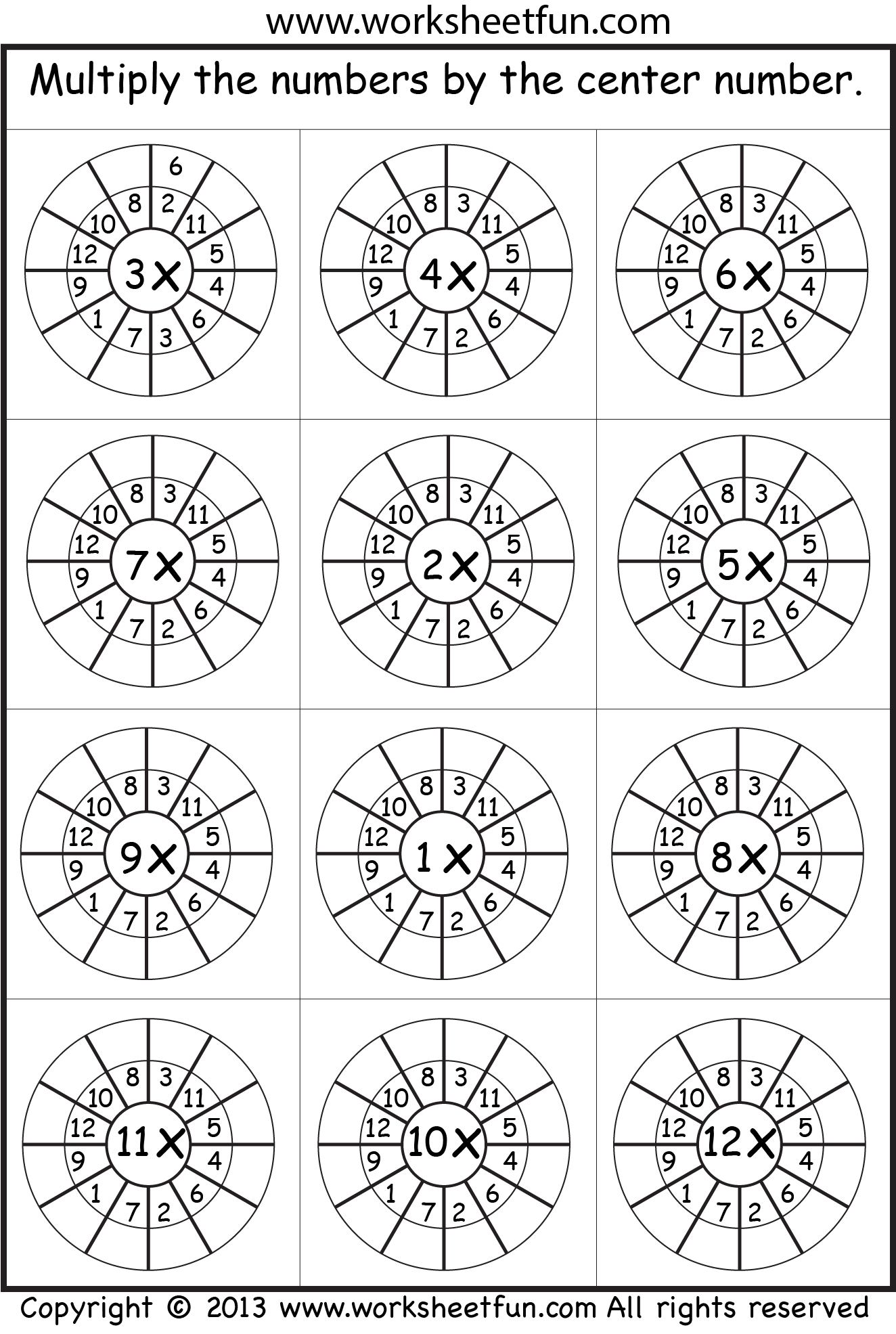

Then multiply all the factors that are the same in each set. To do so, we get the prime factorization of all the numbers. The prime factorization calculator is a handy tool for obtaining these factors.Īnother area of interest is calculating the greatest common factor (GCF) of a set of numbers. Although 1 is a factor, many mathematicians now do not consider 1 to be a prime number. When completing the process, we get 2 × 2 × 2 × 2 × 3. Notice those are not all prime numbers, so we have to break it down further. For example, suppose we want the prime factorization of 48. Prime factorization is an extension of factorization in which all the factors are prime numbers. If the result is divisible by 7, then the original number is as well. So in our case, we get:Īdd the obtained products. Repeat or shorten this sequence to the necessary length. Multiply them successively by the digits 1, 3, 2, 6, 4, 5. So for our original number 13468, we have 8 6 4 3 1. Take the digits of the number in reverse order. Great! We obtained the number divisible by 7, so it means that our original number, 13,468 is also divisible by 7. Is 133 divisible by 7? Not sure, so repeat the procedure once more: We don't know straight away if 1330 is divisible by 7, so we repeat the steps all over again: Continue to do this procedure until a number known to be divisible by 7 (or not) is obtained.This means we need to subtract 16 from 1346. Find the difference between the number from the remaining digits and doubled last digit.Take the remaining digits (truncated number).Let's show it on the example of the number 13,468. Want to check if 7 is a factor of our number? There are two basic methods for testing that. The factor calculator helps find the greatest common factor, least common multiple, and prime factorization. There are many aspects of mathematics where it's important to be able to find the factors. Find a short paragraph below.Ĩ: If the last three digits form a number that is divisible by 8, then the entire number is divisible by 8.ĩ: If the sum of the digits is divisible by 9, the entire number is divisible by 9.ġ0: Any number ending in 0 is divisible by 10. The most often used ones are:ģ: A number is divisible by 3 if the sum of the digits in the number is divisible by 3.Ĥ: A number is divisible by 4 if the last two digits form a number that is divisible by 4.ĥ: Any number ending in 5 or 0 is divisible by 5.Ħ: A number is divisible by 6 if it is divisible by 2 and 3.ħ: The divisibility rule of 7 also exists, but it's a bit more complicated. Example, 4 + 5 = 9 –8 + (–7) = –15.There are many rules of divisibility that greatly assist one in finding factors by hand.


– The sum of any two consecutive numbers is always odd. Let us find their product 11 × 13 = 143 ✓Therefore, the numbers are 11 and 13. We should choose the numbers whose product is nearly 143.Ĭonsecutive odd numbers near 12 are 11 and 13. So, the two numbers are 27 and 28.Ģ7 + 28 = 55 ✓Therefore, the numbers are 27 and 28.Įxample: The product of two consecutive odd numbers is 143. We should choose the numbers such that their sum is 55. We now form an equation as per the given information: Since the numbers are consecutive, the other number will be a + 1 We can also have consecutive even and odd integers.Įxample: Consecutive Even Integers: – 8, –6, –4, –2, 0, 2, 4, 6, ….Įxample: Consecutive Odd Integers: –9, –7, –5, –3, –1, 1, 3, 5, 7, ….The term consecutive numbers is often used to frame word problems.Įxample: The sum of two consecutive numbers is 55. The examples of consecutive odd numbers are: 1, 3, 5, 7, 9, 11, 13, 15, …. Odd numbers are numbers that end with 1, 3, 5, 7 or 9.


 0 kommentar(er)
0 kommentar(er)
